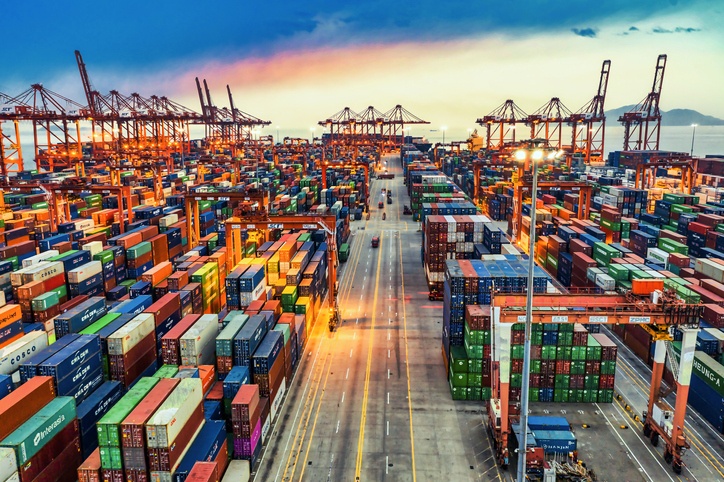In some circles, the terms cartage and drayage are seemingly used interchangeably, and that’s understandable because they are easy to confuse. Both cartage and drayage deal with the delivery and receiving of containers and inventory from a port. At Lutheran Brothers, we want to explain the difference between cartage and drayage.
Whether you’re new to shipping or you’re experienced, it’s never a bad idea to review the terms and look at the differences so you can determine which service is best for your business.
The Difference Between Cartage And Drayage
Cartage: The transport of a container from a port to a facility that is nearby. After delivery, the contents are separated into different containers and onto different trucks to be taken out for delivery.
Drayage: This is the transportation of a container from a port to a nearby facility prior to it being redirected to its final delivery point.
Bottom line: The number of containers and products being shipped and how many deliveries your product will need before reaching the final destination is an indicator of which your company should use – cartage or drayage.
The term “cartage” can be used interchangeably with the term “transloading.” This means your containers are picked up from the port and the contents are separated and shipped, even if it’s less than truck (LTL) capacity. If you’re looking for more control over your inventory, cartage will give you that, and it also doesn’t require your business to ship a full container of product. Keep in mind that there will be increased handling requirements and charges. An LTL could also mean your product is at higher risk of damage or loss during the separation, loading and delivery. More steps sometimes lead to more chances for error. If your product is going to multiple locations, cartage is likely the best option.
The preferred method for some shippers remains drayage. The reasons for that are the handling time is lower, the product is handled less, which reduces the risk of loss or damage, and the overall costs are lower. With drayage, you’re shipping your containers as full truckloads. If all your product is going to a single location, drayage makes sense.
If you’re trying to determine which service is most beneficial for your shipping needs, talk with one of our logistics providers. Ports are continuing to struggle with congestion caused by supply chain issues and it’s wise for your business to ensure it has a convenient and reliable storage and transportation solution in place.
When you’re looking for secure, easy-to-access, quality, experienced storage professionals, contact Lutheran Brothers.
If you are looking for clean, secure and economical warehouse space to lease and operate your business in with your own personnel, look no further than Lutheran Brothers in Detroit, Michigan.


Recent Comments